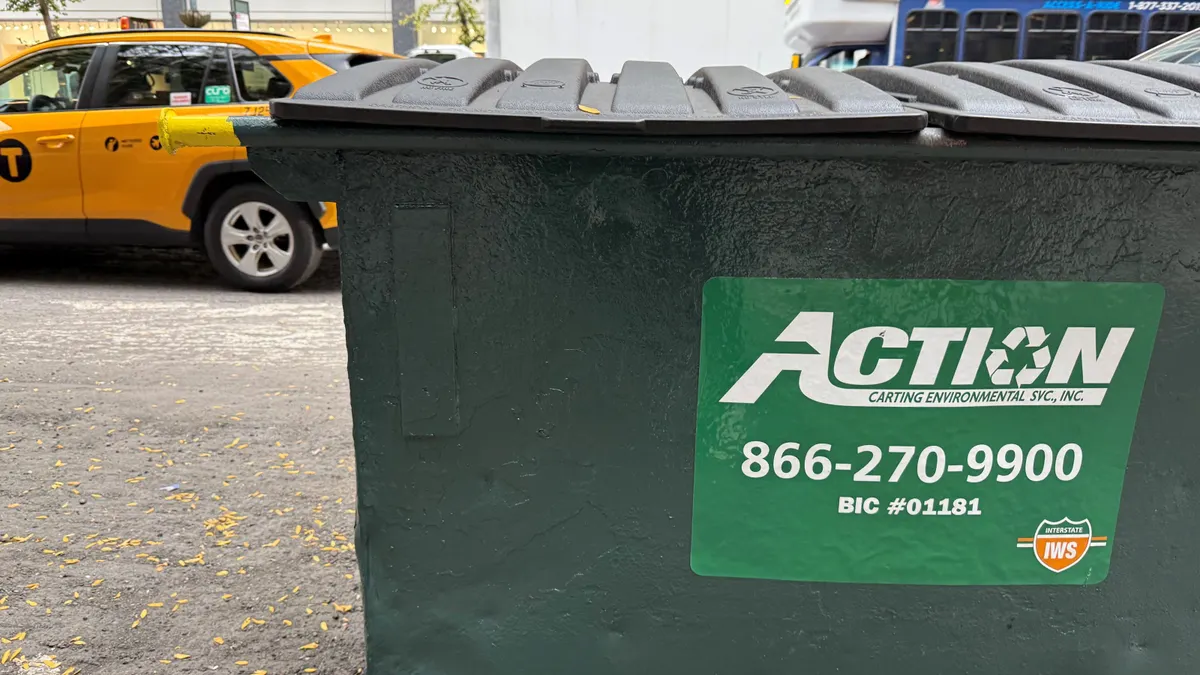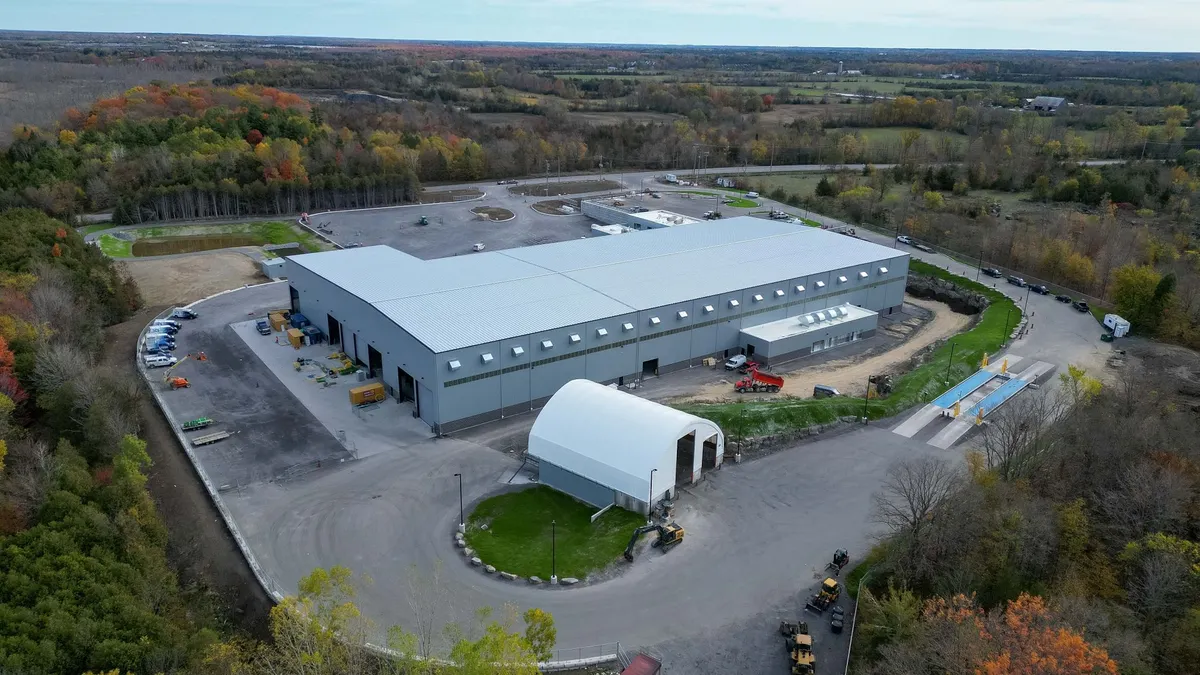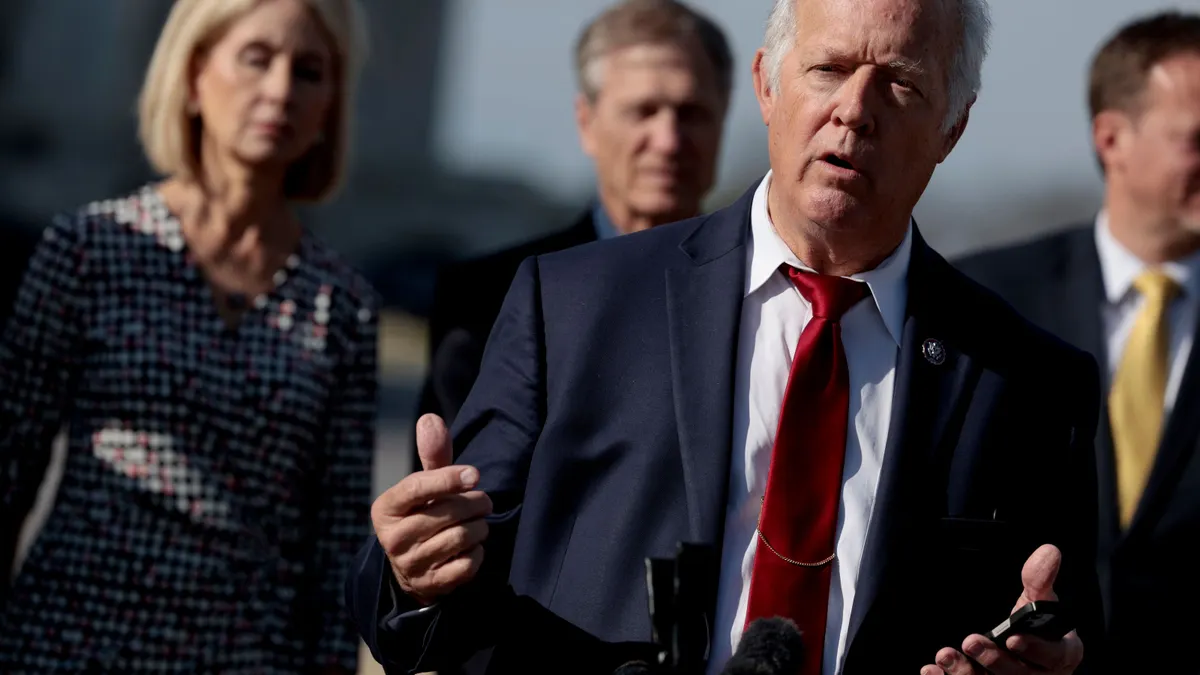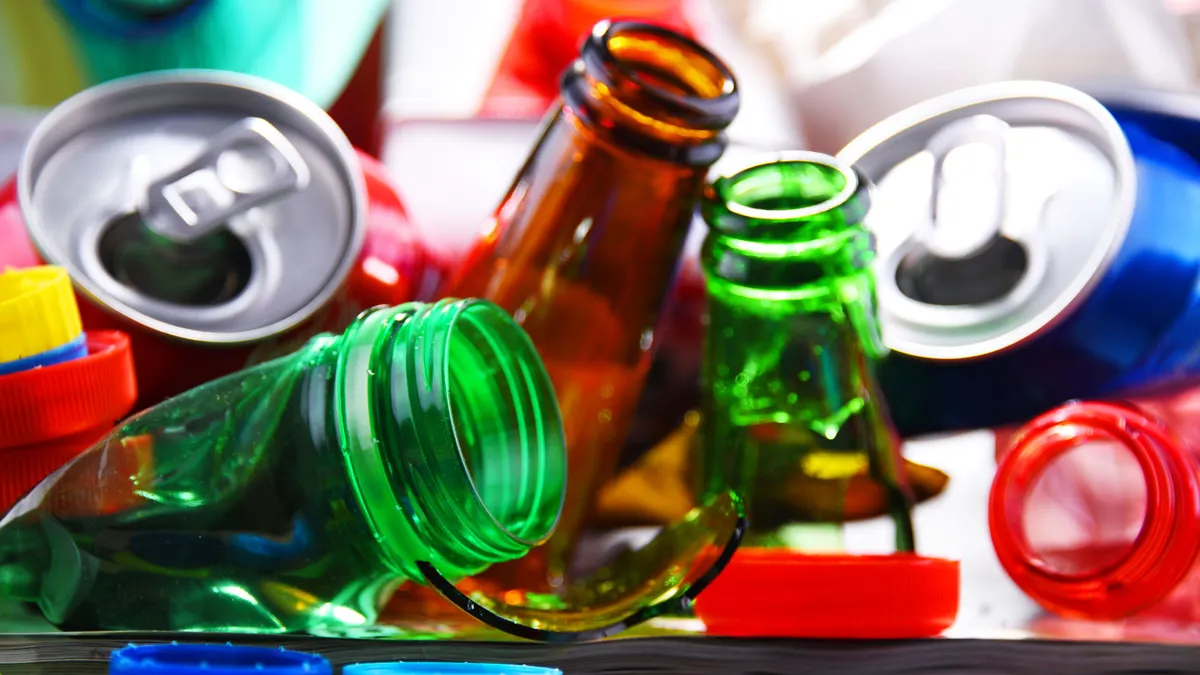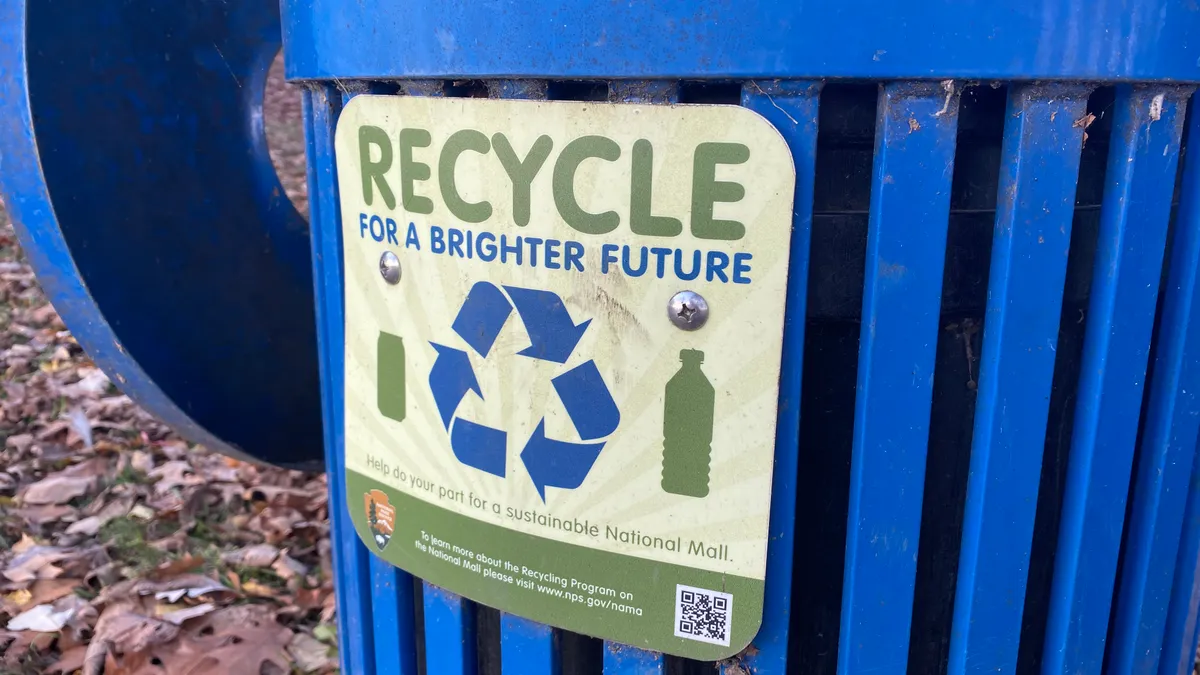Editor's Note: The following is a contributed piece. More information on what that entails, and how you can submit one, is available here.
The United States generates an average of 262 million tons of municipal solid waste each year — and the majority is sent to landfills. Waste generation is, in fact, increasing faster than any other environmental pollutant — so how do we tackle this systemic challenge? For certain cities and corporations, the solution may lie in adopting "zero waste" goals and embracing the circular economy.
This past summer, I went on a coast-to-coast tour across the U.S. to visit 10 of the country’s most sustainable cities. While we witnessed a variety of initiatives — from blockchain and renewable energy to water and energy efficiency — "zero waste" was consistently top of mind. Companies across the country are now working to implement policies that increase diversion away from landfills and minimize environmental effects while helping their bottom line.
As pressure for sustainability initiatives continues to rise, consumers have pushed businesses and legislators to take action — and some businesses are struggling with implementation and goal setting due to an international crackdown on recycling requirements.
In 2017, China banned the import of various scrap materials, including recyclables — so while institutions are committed to increasing sustainability, the current waste infrastructure can't support or store the large influx of recycling. However, certain progressive cities, such as New York, San Francisco and Seattle, continue to lead the way by committing to "zero waste" targets. In order to achieve widespread change across the public and private sectors, and create the domestic infrastructure needed to sustainably adapt to the international waste landscape, citizens must work together to reduce waste — from individual households to corporate policies and sweeping regulatory change.
Here’s how each group can lead the charge in "zero waste" adoption.
The government’s role
Cities, states and even the federal government can serve as the driving force behind significant waste reduction. Mayors of the world’s largest cities have risen to the challenge, issuing bold public commitments to minimizing waste generation and increasing diversion away from landfills. To date, 23 cities representing more than 150 million citizens have committed to C40’s Advancing Toward Zero Waste Declaration. San Francisco, for instance, has pledged to reduce its disposal to landfill and waste-to-energy 50% by 2030, while New York City has committed to achieving "zero waste" by 2030.
These bold commitments can have an impact that spans beyond their local communities. As businesses make the operational changes to become compliant, many are looking to expand these policies at facilities outside of regulated regions.
Corporate initiatives
One example of public policy driving business change is the recent elimination of plastic straws, utensils and bags around the greater Seattle area. This movement can be tracked across industries — restaurants, coffee shops, airlines, cruise ships. Companies are making changes not only to meet regulatory requirements, but to meet customer and employee expectations and achieve cost savings along the way.
The first step for businesses undergoing widespread policy changes is understanding their current waste stream to identify potential action areas; waste audits are an insightful and cost-effective tool for this. A deep dive through your trash can not only reveal improper disposal of hazardous or non-compliant items, but also uncover operational insights that can drive down costs. By establishing an ongoing audit program, companies can customize training initiatives and inform business operations — minimizing the risks of fines and realizing savings.
This increased awareness leads to proactive decision making. For instance, Panda Express, a nationwide casual dining chain, conducted a series of waste audits and found that soy sauce packets were consistently thrown away without being opened. After recognizing the major environmental impact of those wasted packets — as well as potential cost savings — the leadership team made a bold decision to re-negotiate packaging options with their vendor. The strategic choice to reduce the number of packets bought and given to each customer produced profound changes: at the local level, each store began diverting more waste away from landfills and saw waste hauling costs decline.
The increased awareness also provides opportunities for creative diverting. For example, local regulations, such as Austin, Texas’s universal recycling ordinance and California’s mandatory commercial organics recycling law, requires food establishments to find disposal alternatives. Operators can find alternative value, such as donating it to local farms for animal feed or compost. This mindset will help companies in the food and beverage industry lead the charge toward a circular economy.
The consumer
The current political and social networking-focused landscape gives consumers a greater voice when advocating for sustainable legislation and corporate policy. One group that’s been particularly active is the millennial consumer. A 2015 study conducted by Nielsen found that 66% of millennials were willing to pay extra for sustainable products — and that number continues to grow. And, as they’re projected to overtake baby boomers as the nation's largest generation, their purchasing decisions have a major effect on the economy. With this mindset, consumers must continue to hold government and corporations accountable for sustainable growth and progressive thinking.
While we’ve seen a rise of "zero waste" initiatives across all groups, full adoption by cities won't be possible until all members of society make the active choice to commit to bold sustainability goals and a circular economy.
National possibilities
Traveling coast to coast gave me deep insight into the possibilities of what we can accomplish through increased efficiency. I visited restaurants, universities and baseball stadiums that have successfully implemented "zero waste" initiatives into their overarching sustainability strategies. As more companies begin setting ambitious sustainability goals, it will be critical to develop a holistic strategy that spans beyond energy and water reduction to also include holistic waste programs.
To truly move toward a sustainable economy and meet climate goals, we must invest in this nexus of waste, water and energy. I’ve seen the incremental value that’s driven by these holistic strategies, and I'm confident that this commitment will continue to grow. True widespread adoption of these policies will lead to an innovative, sustainable and cost-effective future.



